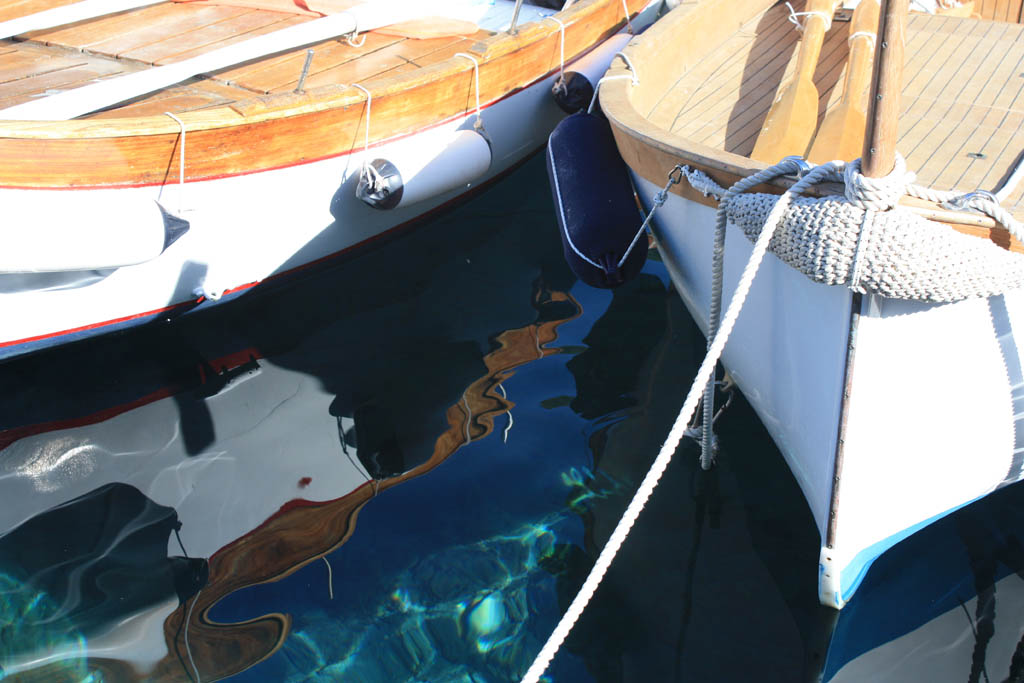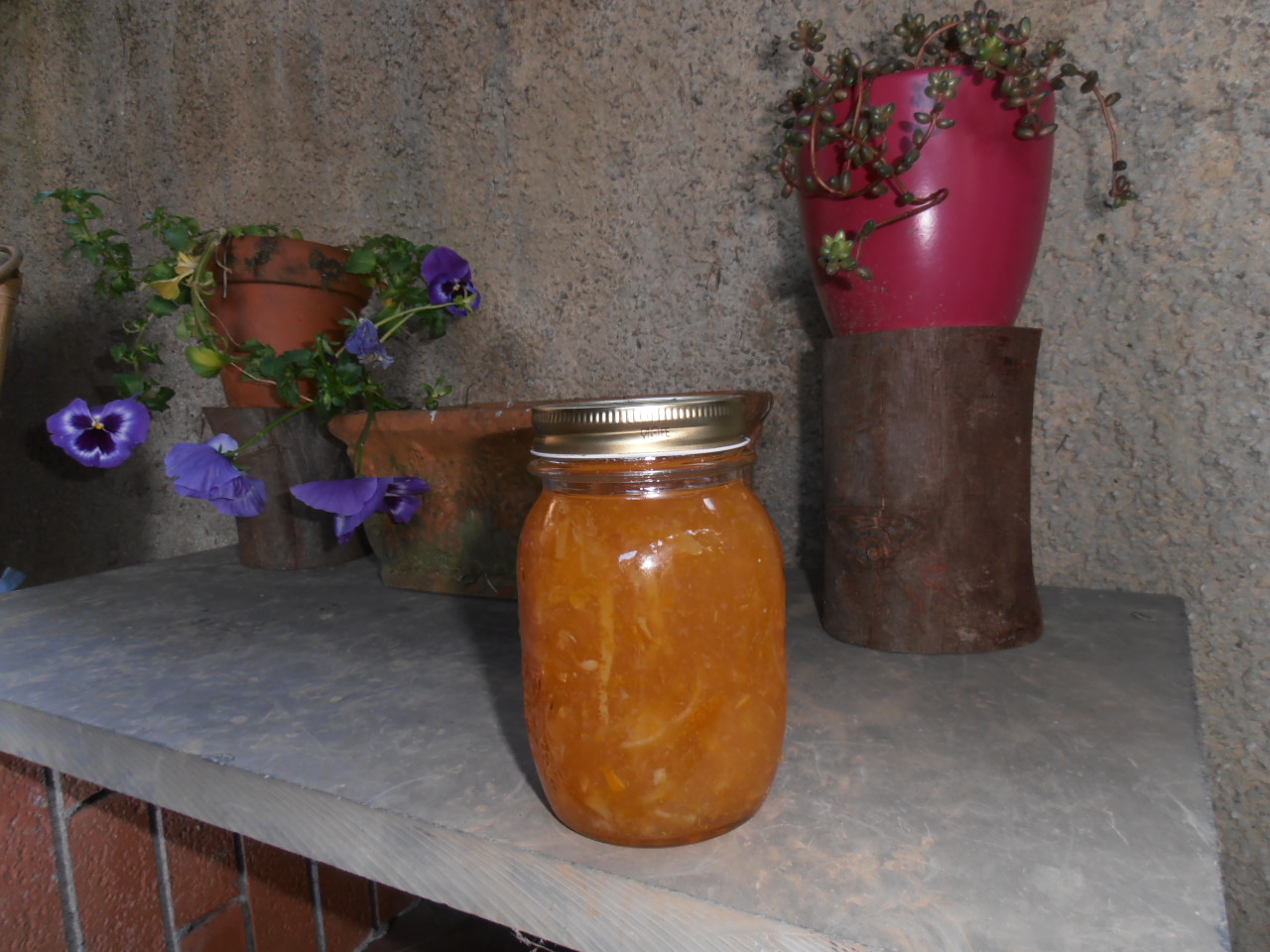After five weeks of straight sunshine, a cloud bank settled in over Levanto this morning, and we have had our first gray day in ages. No complaints, though – after all, the seasons and rhythms of the sun are as important for us as they are for any other animal, and for the plants too.
As a I walked downtown doing some errands this morning, I headed for the beach for my obligatory stop in front of the sea. It was steel gray, with that hint of navy blue in it that makes it much darker, much more intense than the gray of the sky. Two days ago, it was a crystal blue, that blue that is called aquamarine and that was one of my favorite colors in the Crayola crayons box of my youth. The picture above is one I took of it in the harbor of Vernazza, perhaps the most beautiful of the Cinque Terre.
I found myself wondering how it is that the sea changes colors so often, and in the back of my mind I heard voices from high-school science classes speaking about wavelengths, and refraction, and retinae, and spectra. No doubt that is all accurate, but it is all so unsatisfying, particularly since the color of the sea is an emotional thing too. The steel gray with a tinge of navy blue may bring to mind ideas of strength and sensations of smallness in the face of nature, while the aquamarine bathes us in serenity and invites us to sloth. The colors of the sea, just like the greens of the hills (olive green, pine green, evergreen, lime green), or the blues of the sky, or the fires of my native Connecticut hills in Autumn, mean something to us that is more than what can be measured in wavelengths.
Excuse the poetry (which I myself always hated until I started teaching it to high school students who themselves barely tolerated it … how wickedly the tables turn on us), but Walt Whitman described the sensation best:




